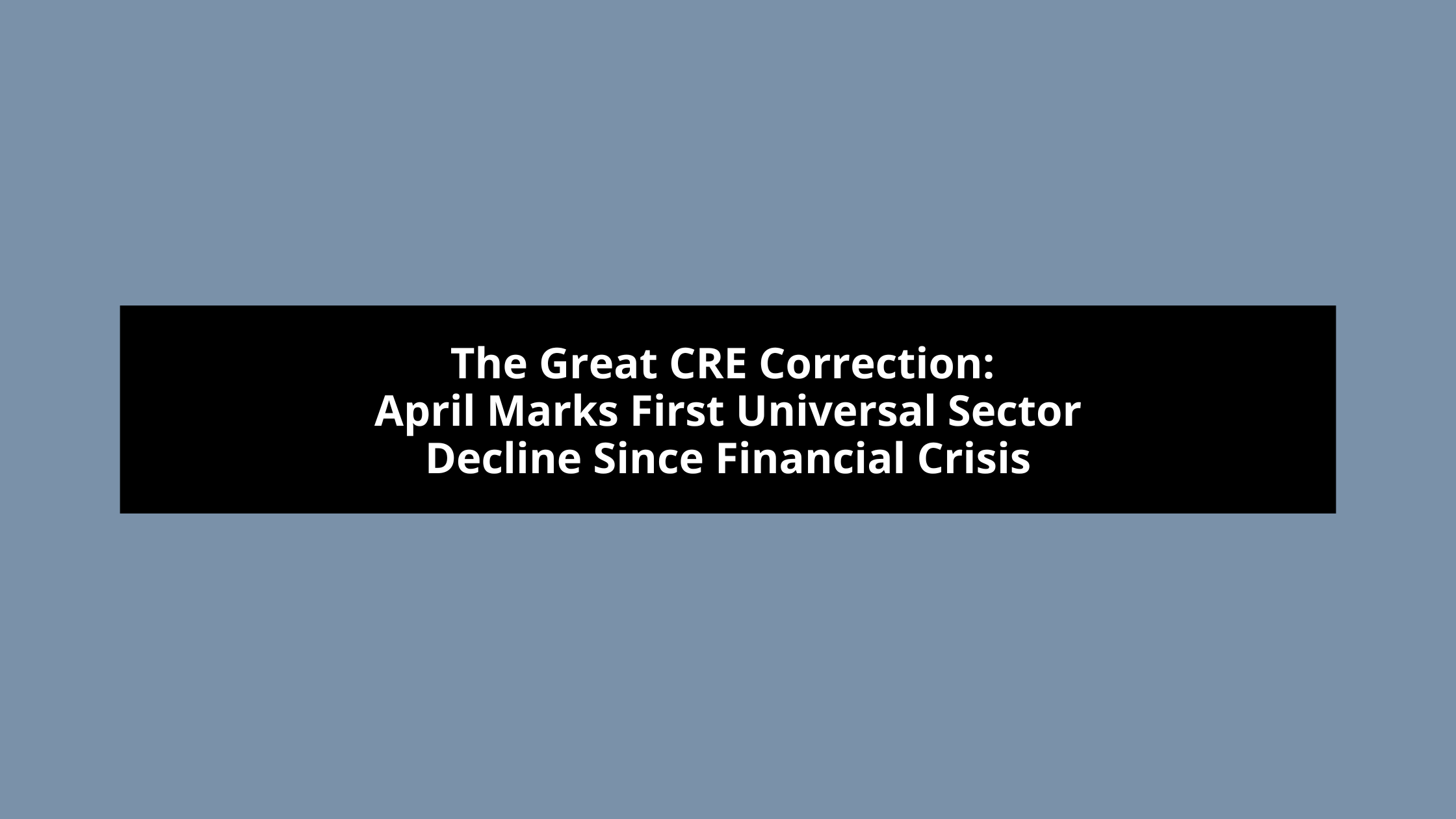Navigating the Commercial Real Estate Market: Finding Opportunities Amidst the Challenges
The commercial real estate (CRE) industry has faced a number of significant headwinds over the past year, from global volatility and rising interest rates to banking turmoil and broader macroeconomic uncertainties. However, despite these challenges, there are also emerging trends and opportunities that savvy investors can capitalize on to position themselves for success. Learn more in this blog post about Finding Opportunities in the Commercial Real Estate Market.
One of the most prominent CRE trends has been the decline in overall investment volume. According to CBRE, annual CRE investment volume in the US fell by 47% to $647 billion in Q4 2022. Globally, investment volume declined by 37% from Q3 to Q4, with the Americas, Europe, and Asia-Pacific all experiencing substantial year-over-year decreases.
While all sectors saw lower transaction volumes, some fared better than others.
- Multifamily remained the strongest, with a 60% year-over-year drop but still totaling $122 billion annually – a testament to the resilient demand for housing. Industrial investment also held up relatively well, declining by 40% to $100 billion per year.
- On the other hand, office and retail saw steeper drops of 56% and 37% respectively.
As fundamentals continue to stabilize and macroeconomic conditions improve, industry experts are optimistic that investment activity will accelerate across the market. In fact, some investors have already started to reengage, while others are strategically biding their time and amassing market intelligence in preparation for emerging opportunities.
Another key trend has been the decline in commercial property values.
- Green Street’s Commercial Property Price Index shows prices have dropped by 7% over the past year, with a 22% decline since the market’s pricing peak in March 2022.
- However, this drop has not been uniform across all sectors.
- The RCA Commercial Property Price Index highlights that while office prices have plummeted by 15.2% year-over-year, including a 30% decline for CBD offices, industrial prices have actually grown by 1.9% annually.
Interestingly, the “flight to quality” trend persists, with investors prioritizing high-quality assets, even as some reports suggest this dynamic may be diminishing. Cushman & Wakefield found that asking rents in gateway markets were 51.5% higher than other office spaces, underscoring the continued demand for premier properties. At the same time, some investors have noted that 2023 losses have been concentrated in higher-quality buildings, highlighting the need for a more nuanced assessment of value.
Despite the challenging pricing environment, many of the major property sectors have continued to see rental growth. Multifamily rents increased by 0.7%, even as vacancy rates reached a 10-year high of 7.7%. Industrial led the way with 5.5% rental growth, while retail also saw a healthy 3.2% increase. The office sector, unsurprisingly, had the lowest rent growth at 0.7%, but this underscores the resilience of other property types.
As the industry navigates these trends, commercial real estate investors are also adapting their strategies to the evolving landscape. Some are reducing leverage and moving up the capital stack to improve seniority and secure favorable terms, while others are exploring ways to alter their portfolio composition. Additionally, the focus on environmental, social, and governance (ESG) considerations has become a critical investment criterion, with over two-thirds of investment managers having adopted ESG standards.
Amid the challenges, there is a prevailing sense of optimism that the market will eventually turn a corner. Many experts anticipate eventual rate cuts, which they believe will help accelerate market activity, particularly in the second half of 2024. While the timing of these rate cuts remains uncertain, the signals from the Federal Reserve suggest that further hikes may be off the table.
The commercial real estate market is navigating a complex and evolving landscape, marked by declining investment volumes, property values, and uneven performance across sectors. However, there are also pockets of resilience, opportunities for strategic repositioning, and an overall sense of cautious optimism that the market will stabilize and recover in the coming years. By staying attuned to emerging trends, adapting their strategies, and capitalizing on the right opportunities, savvy CRE investors can weather the current storm and position themselves for long-term success.
About Myles Lichtenberg, Esq.
Myles is a recognized as a leader in handling some of the largest, most complex real estate title insurance transactions in the business. As things have evolved, Myles Lichtenberg, Esq. has grown as well and remains the industry’s “go to solution,” when others don’t have the resources or experience to handle transactions outside their normal practice. Accordingly, MylesTitle is a professional service firm which resulted in the culmination of Myles Lichtenberg, Esq.’s unique first-hand exposure to the real estate title insurance industry, and was created intentionally to fill a much-needed niche’ in the marketplace.


